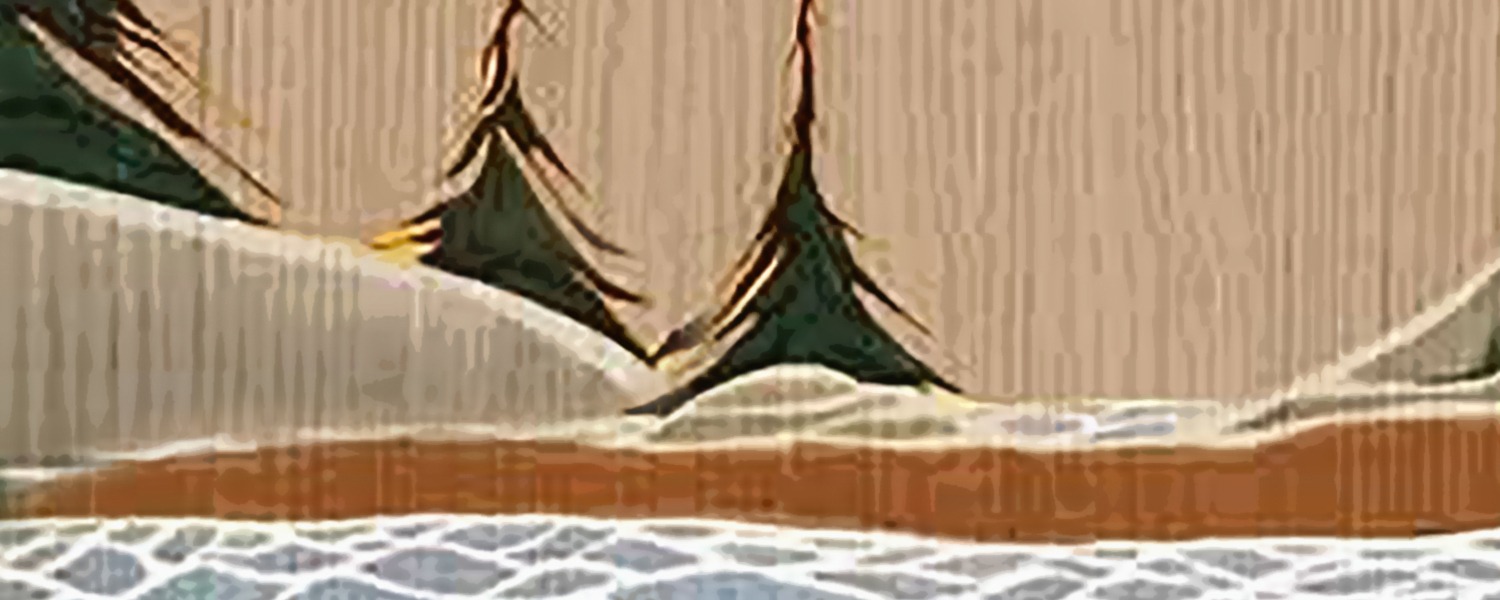Cet article est uniquement disponible en anglais.
This is a talk given by Bob Rae at a joint service of Bloor Street, Bathurst and Trinity St Paul’s United Churches in Toronto on May 31, 2015
This week Canadians will be reminded once again about what the Chief Justice of Canada has called « the greatest stain on our human rights record », the « cultural genocide » that dates back to the colonial period and that has persisted for far too long.
The use of the « g » word has caused some consternation, but there can be no doubt that the deliberate purpose of public policy in Canada, found both in the Indian Act, the residential schools policy, and the way in which treaties were interpreted and administered by both federal and provincial governments was based on the assumption that the only possibility of long term survival was assimilation as individuals to the culture of the majority.
This is a matter of historical record. These were policies promoted by the political leaders of the day, and supported by the majority of Canadians. There is no point in denying the truth or the consequences of what has been done.
The 1948 Genocide Convention, to which Canada is a signatory, states
In Article 2 that the definition of genocide is, and I’m quoting here
« …any of the following acts committed with intent to destroy, in whole or in part, a national, ethnical, racial or religious group, as such:
(a) Killing members of the group;
(b) Causing serious bodily or mental harm to members of the group;
(c) Deliberately inflicting on the group conditions of life calculated to bring about its physical destruction in whole or in part;
(d) Imposing measures intended to prevent births within the group;
(e) Forcibly transferring children of the group to another group. »
The assumption of that time was that the culture of the aboriginal people was savage and barbaric, and that the only hope for the future was to remove children from their families, to put them in schools where their aboriginal personality would be destroyed, and to provide them with the skills and culture that would give them a chance to assimilate.
This policy lasted for the better part of a century, and it was an unmitigated disaster and failure, an experiment in social engineering that destroyed lives, hopes, character, and opportunity.
The churches of the day played a critical part in this experiment, running schools across the country, and being the executors of the will of the state and the Canadian public. As a consequence the Christian churches of Canada bear a heavy responsibility for what happened, and the consequences with which we live today as Canadians.
The point of all this is not to inflict guilt, but rather to understand what has happened and what can now be done to begin reconciliation. It starts with an apology, and Mr Harper was both eloquent and sincere when he did that in the House of Commons in 2008. But it hardly ends there. The apology has to be matched by a commitment to action, and a mending of our ways as a country. It is in the action that we are lacking, both federally, provincially, and most important in the lack of political will and commitment across the country.
We are a settler country whose original inhabitants can trace their ancestry back on this land thousands of years, and the roots of the relationship between colonisers and the colonised is the assumption on the part of those who came here that theirs was a way of life, a culture, à religion, and a legal and political claim that was superior.
They ignored the fact that First Nations people had their own laws, customs, governance, and way of life. They ignored their spirituality, and worse, insisted that their own was better. They did not see them as equals, or even as equally human. We need to understand this, and ask ourselves the question: have we completely eliminated these thoughts, attitudes, and values from our own views today?
If we are honest, we have to admit that these attitudes do not disappear, or even change, easily, and the fact that indigenous people are in a minority makes it easier for the majority to fall back into the easy complacency of believing that the abuses of the past are over and that we have entered into a new era of equality and mutual respect. I heard someone suggest that the Truth and Reconciliation Commission could lead to « closure » of what has happened, as if we could put this in a box and « put it behind us ».
The only difference between the Canadian and the South African experience is that in our own country waves of invasion, settlement and immigration simply overwhelmed the population of First Nations. The separate and unequal policies that were a hallmark of the Indian Act were mimicked in South African apartheid legislation eighty years later.
First Nations still come to governments of the majority as supplicants. The Indian Act is still the law of Canada, a monument of hypocrisy, discrimination, and paternalism. It denies First Nations the jurisdiction, the revenue, and the land to become effective governments. Both federal and provincial governments persist in their interpretation of laws and treaties in a way that forces indigenous people and their governments to go to court to seek their rights and title. The cases law students read with such pride are in fact the product of government obstinacy, resistance, and intransigence. The reason there is so much litigation is because governments are not prepared to move unless pushed. Indigenous languages have no strong legal protection outside the Northwest Territories and Nunavut.
There are more First Nations children in care today than there were in residential schools, and in education, health care, and resource management the recognition of aboriginal jurisdiction languishes in negotiations that go on interminably. This is not a legacy attached to any one political party. It is, tragically, widely and deeply shared across the political spectrum. Despite the fact that federal and political governments committed themselves to a program of self government in the 1992 Charlottetown Accord, no party has presented serious steps in that direction. The country is mired in denial and paralysis.
In short, the past is still with us, and it will take unparalleled political and moral leadership to forge a path which is deeply different from what has already taken place. Having been instruments of oppression in the past, the churches of Canada need to reflect deeply on how they can play a different role in our present and future. This will not be easy. It means wrestling with demons, confronting a past that is painful, and issues that will be unsettling to many members of congregations who don’t share a sense of urgency or moral responsibility.
The spread of Christianity has always been closely associated with empire, dating back to the historic conversion of the Romans. The invasion of the Americas was closely tied to the ambitions of both the Catholic and Protestant Churches, and it intensified when mixed with the overtly racist Social Darwinism of the late nineteenth century.
There is a way forward, and there are fortunately many who are helping to define a positive agenda of change, of self government, or a fair and just sharing of resources and a willingness to recognise the need for justice. But it is a way that will require change.
We are now debating as a country the « truth » part of the issue, after generations of silence. But the question is not just « what happened »? It is also « what is to be done » ? The broad political and cultural agenda needs to be debated and discussed. I also want to suggest the need for reconciliation has to touch our hearts as well. The confession of sins in the Book of Common Prayers with which I grew up reminds of sins of omission and commission in « thought words and deeds » and that reminds us that the « change of heart » of which I speak is not just political, it is also personal. Blaise Pascal so wisely pointed out that it is the heart that leads to understanding, and not the mind alone.
How many of us know and understand the aboriginal nature of our country. How many of have studied it, embraced it as our own? How many of us have listened personally to the testimony of abuse and neglect? How many of us have walked a mile in the shoes of those whose lives our culture has simply ignored, stereotyped, and objectified? The path ahead is not just about politics, it is a change of heart and mind that starts with each and every one of us, that understands these challenges are not buried in our past but are alive today in our own behaviour and attitudes.
May the Creator give us all the imagination and courage to make this change happen, to achieve deep recognition and seeing in the other the love of difference and dignity, to learn the culture and ways of those who have been here since time immemorial, and to act to achieve true equality, justice, and mutual respect.
By Bob Rae
Related Posts

Reconciliation is an English word
Cet article est uniquement disponible en anglais.
On June 8, 2017, the honourable Robert Falcon-Ouellette spoke to the House of Commons in his official language, Nehiyaw. No issue was raised…
La suite...
Dr Gehl wins appeal in Indian Act sex discrimination case
Cet article est uniquement disponible en anglais.
This morning, the Ontario Court of Appeal granted Dr. Lynn Gehl’s appeal in her challenge to sex discrimination under the Indian Act. Read…
La suite...
What First Nation-Owned Businesses Need to Know About Collecting GST/HST
Cet article est uniquement disponible en anglais.
When does Canadian law require First Nations-owned businesses on reserve to collect GST/HST?
When it comes to First Nation-owned businesses, what is involved…
La suite...
